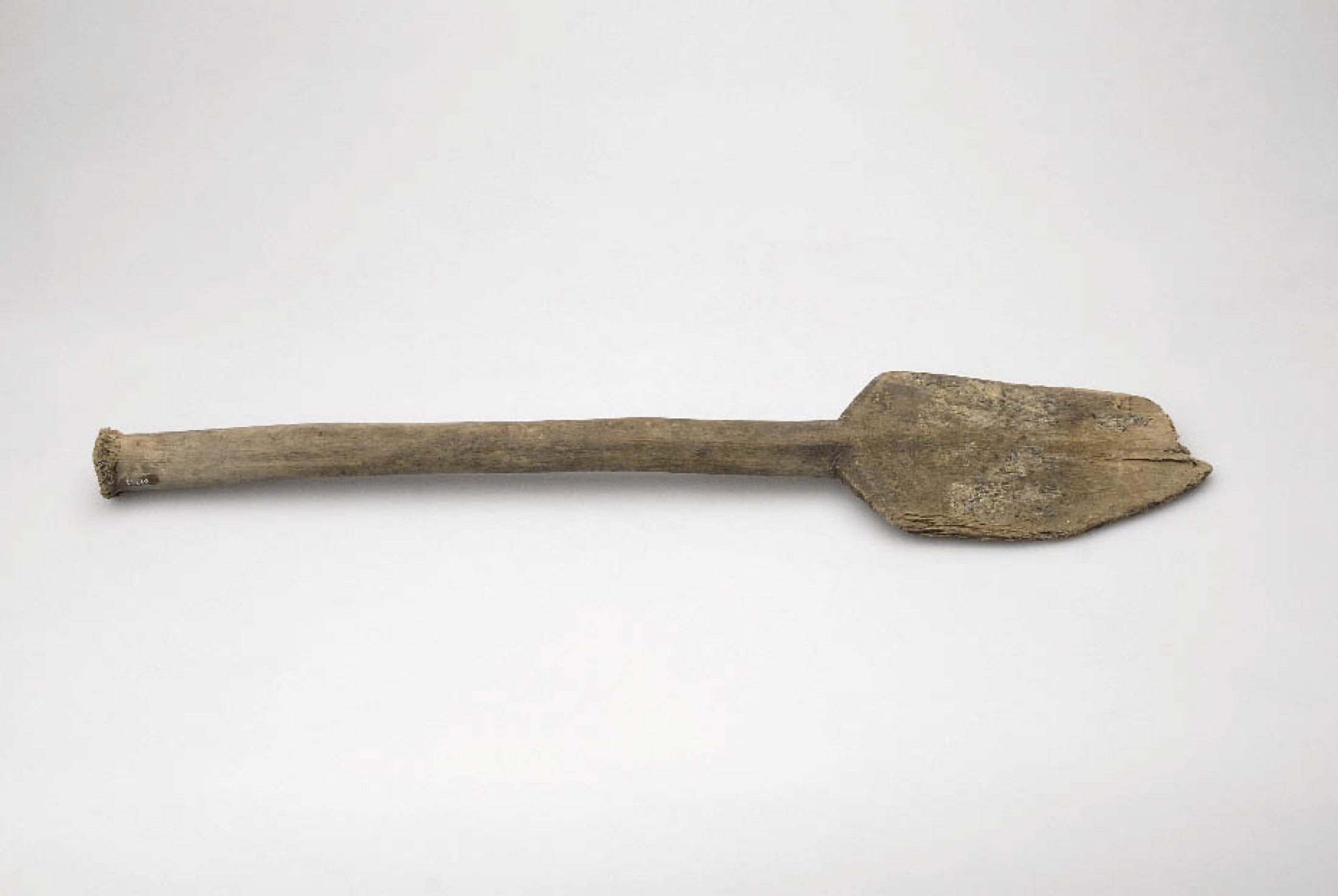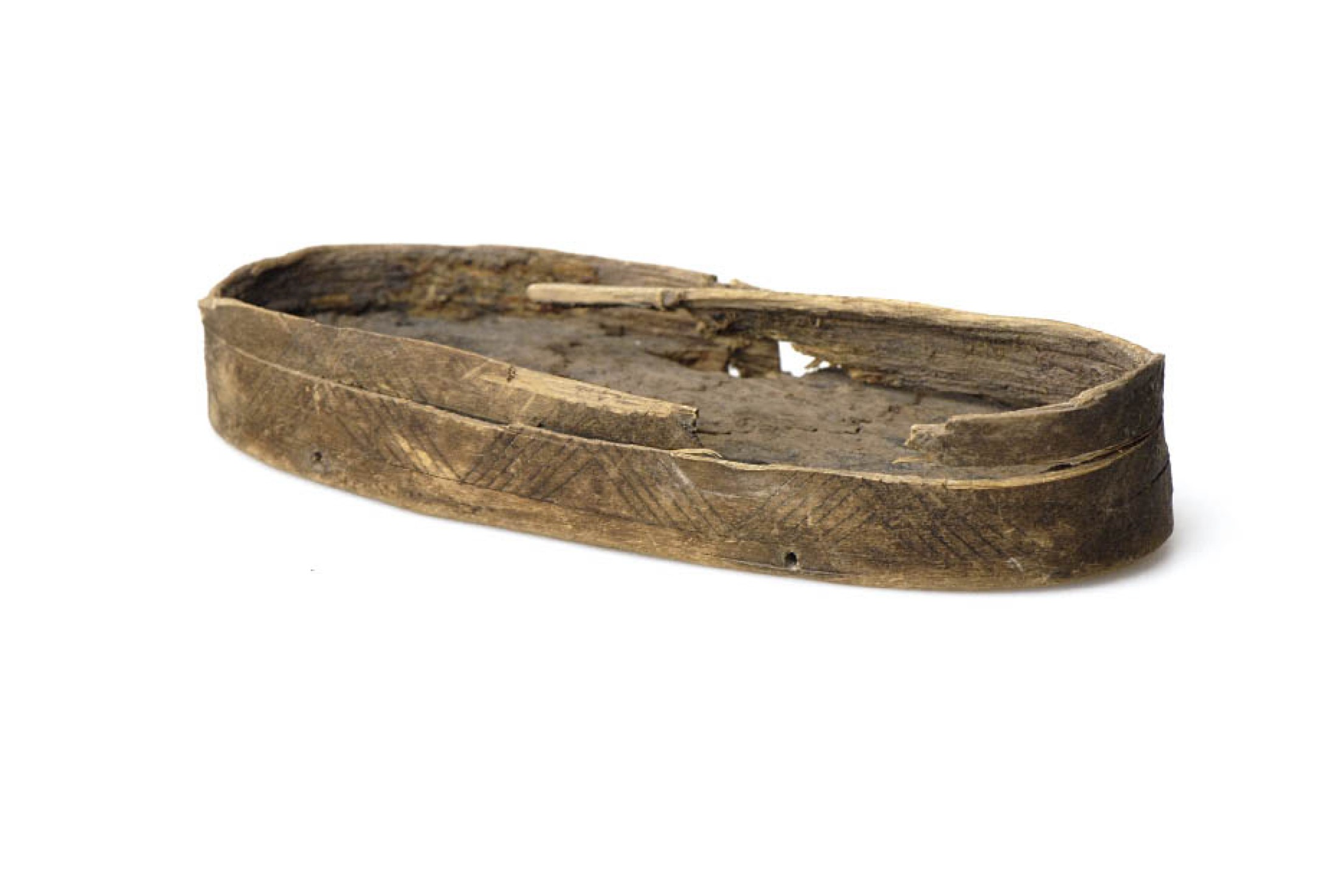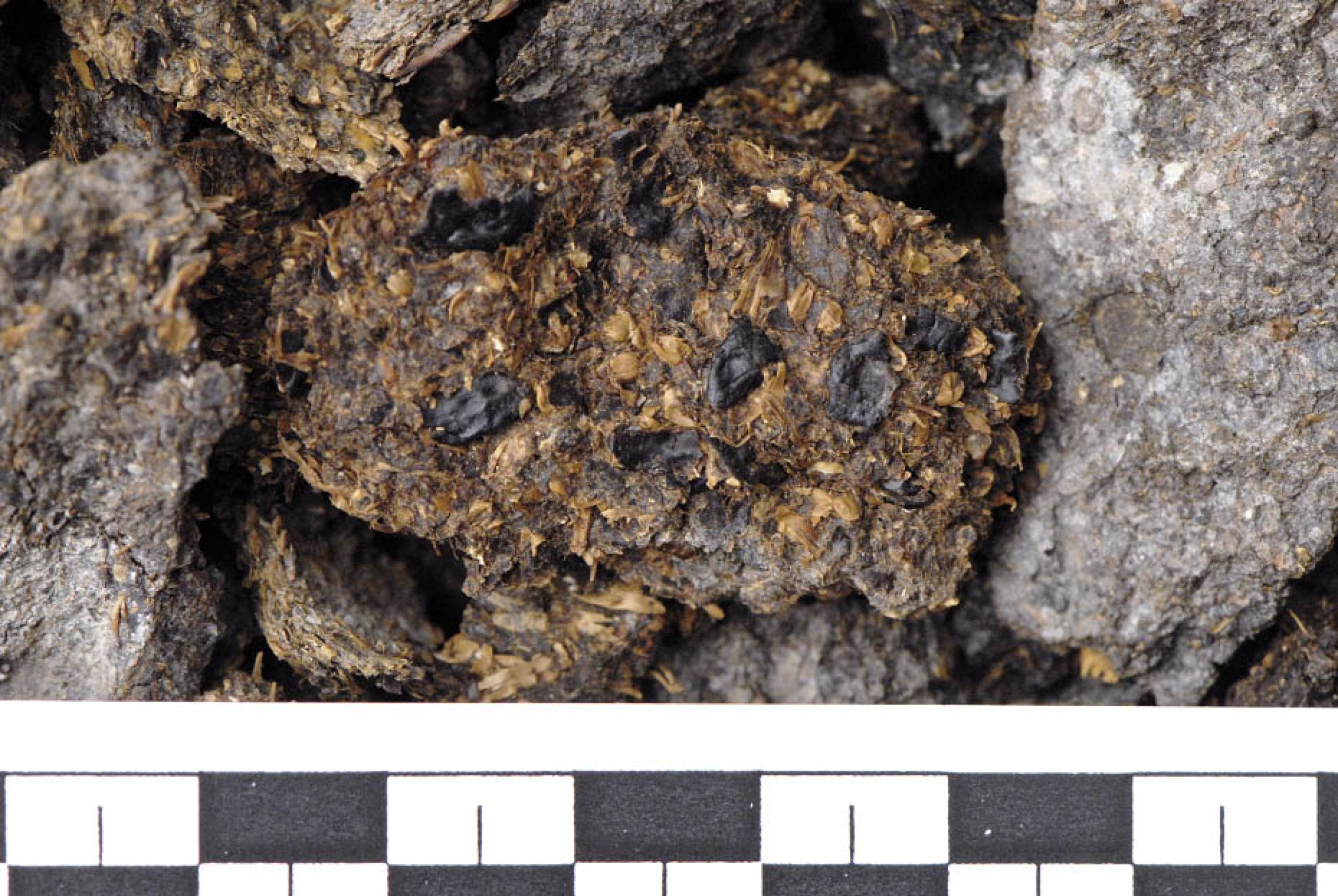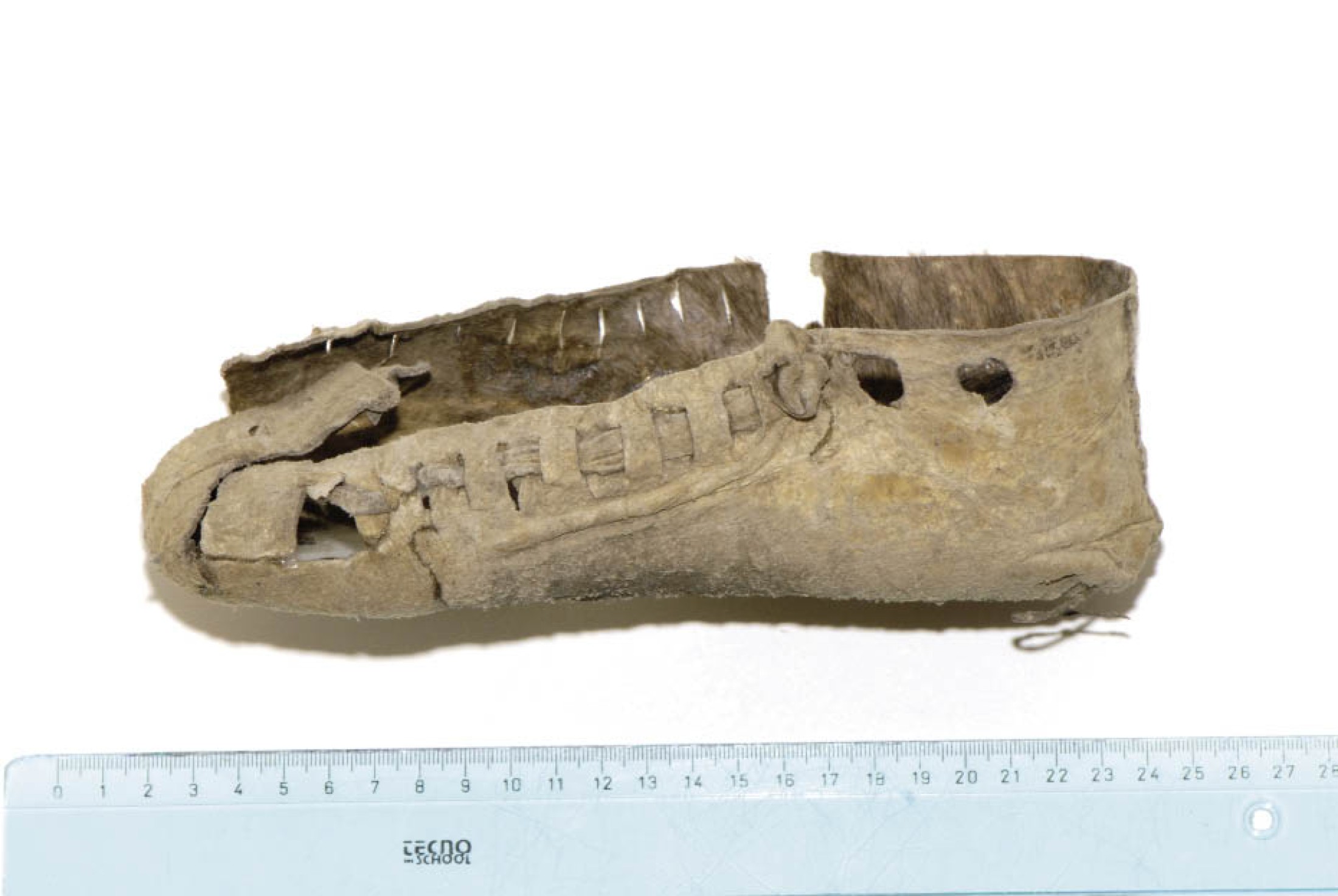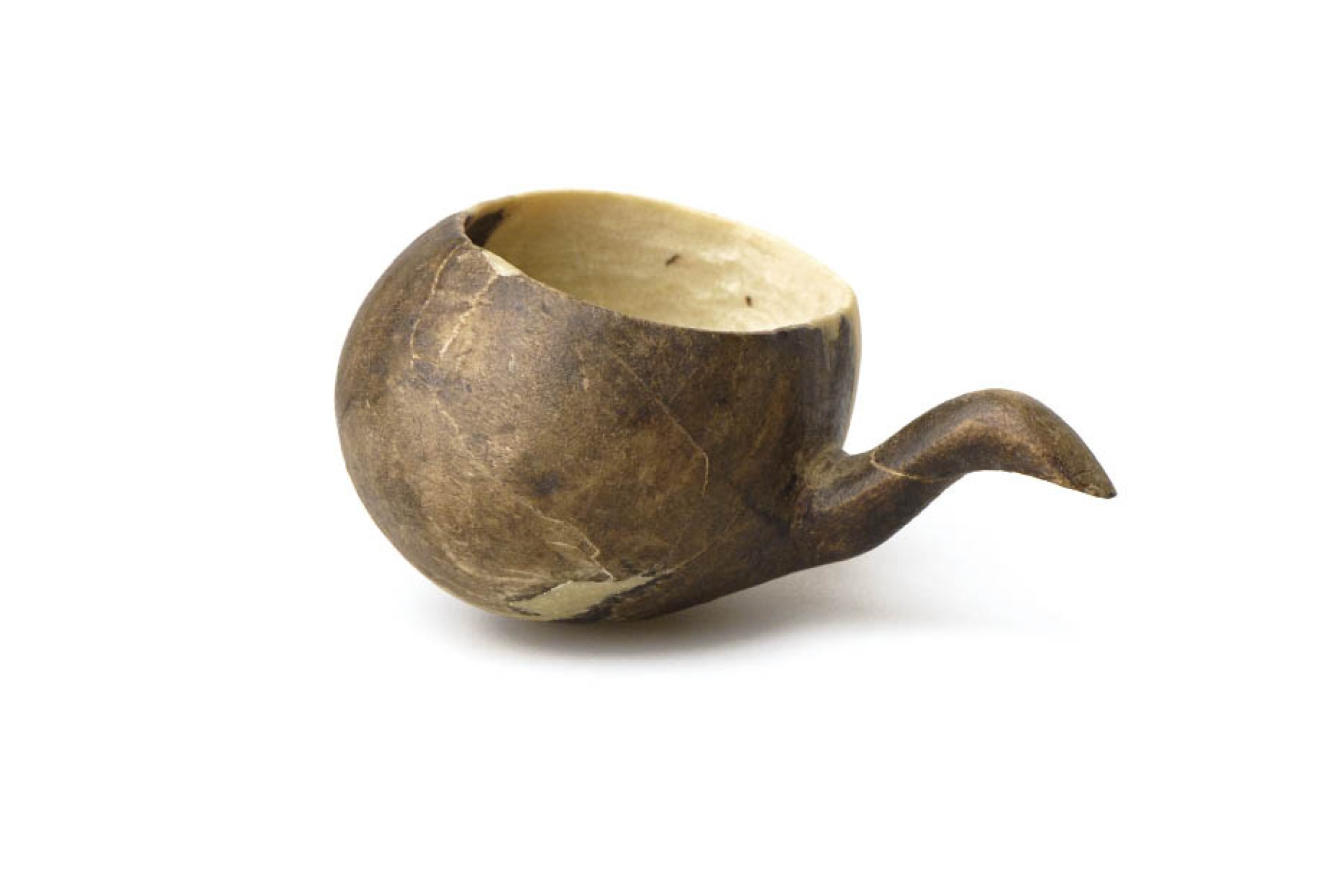Everyday life underground in the Hallstatt Period
Evidence of intelligent resource management has been found in the mines dating back to the Hallstatt Period. Moreover, numerous finds of human excrement give a detailed insight into the eating habits of miners during this time.Resource management
Eating and drinking underground
Ritschert as a staple food in the Hallstatt Period
Other food remains
Resource management
In many respects, the everyday work of the Hallstatt period miners might not have been very different from that of the Bronze Age people. Although little had changed in the basic conditions, there were some differences mainly due to changes in mining technology. They may also have been the effect of altered social conditions. The finds from the Hallstatt period mine reflect a very efficient management of resources. Some of the Iron Age finds show numerous signs of repair, and many items were re-used after they were broken. Bronze Age mining was well-conceived and operating economically, yet it seems almost lavish when compared to the Iron Age. We do not yet have any explanation for these altered priorities in the use of resources. Is it possible that Hallstatt salt production was struggling, or did ‘Iron Age austerity’ represent some social value?Eating and drinking underground
Other questions are more readily answered. What did the Iron Age miners eat? A wooden spoon with scraps of food, bentwood boxes with surviving cheese residue, hazelnut shells, bits of broken pottery, and human excrement, all discovered in the mine yield information on the most important and everyday aspects of life.Wooden spoons and potsherds found in the mine indicate that cooking was done underground. Large pieces of charred wood indicate that substantial fires were lit in the mine, serving not only for lighting and probably cooking, but also to heat the air in the mine and so stimulate air-flow.
Ritschert as a staple food in the Hallstatt Period
Human excrement, found in abundance, provides information on the kind of food the miners cooked on the fire. In the Iron Age mine galleries human excrement is found much more frequently than in the Bronze Age zones. Botanical analysis revealed from this an almost standard composition of barley, millet and broad beans. We can add to this the presence of lots of chewed fragments of bone, largely derived from the feet of pigs, sheep and goats, along with bits of tail and rib – that is, to our eyes, consistently low-grade cuts of meat. These are precisely the ingredients still used today in the East Alpine regions to make the hearty stew known as Ritschert, involving cheap cuts simmered with a lot of fat and rind to which barley, legumes and millet are added. The stew the Hallstatt miners cooked and ate in the mine presumably resembled it. The ‘Hallstatt-era Ritschert’ had marked nutritional benefits: barley and millet provide essential carbohydrates and dietary fibres, the broad beans provide proteins and the cartilaginous meat provides fat and gelatine, which are beneficial to the joints and supply a lot of energy. The scratches on the inside of wooden dishes found in the mine indicate that Ritschert was probably eaten from them. No cutlery has so far been found. The miners probably used their fingers to eat the stew, or they might have sipped it, if it was thin like soup.Other food remains
But the miners did not live on Ritschert alone. Hazelnut shells, fruit pips and little bentwood boxes that presumably once containing cheese indicate a varied menu. More than 20 wooden boxes have been found in the mines so far. They range in length from just a few centimeters to over 20cm. They are oval or round, and their size varies from only a few centimetres to more than 20 cm. The sides are richly decorated.(Reschreiter, H. - Kowarik, K. - Loew, C.)

